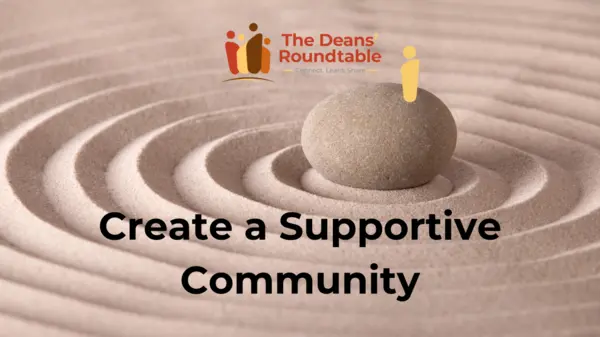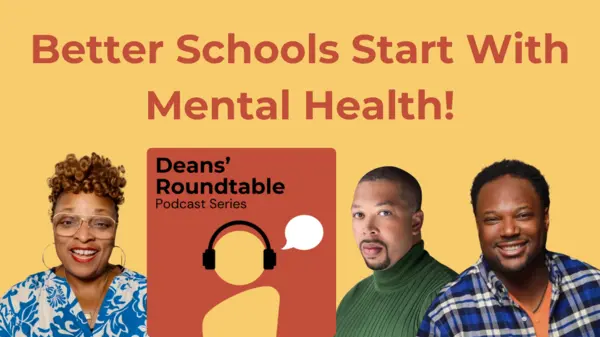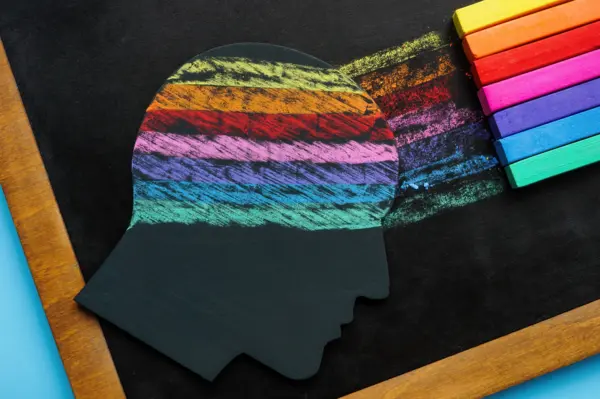Teaching Discussion Skills Transforms Modern Education

In an era where students would rather text than talk, discover how structured discussion training helps build essential communication skills. R.E.A.L. Discussions founder Liza Garonzik shares insights on fostering meaningful dialogue in schools and preparing students for authentic human connection in an AI-driven world.
Mid-Year Restorative Practices: Refresh Your School’s Approach Now

Transform your school’s restorative practices mid-year with a strategic reset approach. Learn how to address common challenges, reinvigorate staff engagement, and empower student leaders. This comprehensive guide provides practical strategies for assessing, planning, and implementing an effective mid-year restorative practices reset.
Mental Health in Leadership: Creating Safe Spaces for Authentic Conversations

In today’s fast-paced world, mental health challenges and personal struggles often remain hidden beneath professional facades. As leaders in education and beyond, understanding and addressing these invisible battles is crucial for creating supportive, productive environments. A recent Dean’s Roundtable podcast explored this vital intersection of personal challenges and professional responsibilities.
Wellness Strategies for Education Professionals to kick off 2025

As education professionals, we often prioritize everyone else’s needs before our own. Drawing from my experience as a former dean, I’ve learned that implementing effective wellness strategies isn’t just beneficial—it’s essential for sustainable success in education. Let’s explore practical approaches to maintaining well-being in our demanding field.
Preventing Educator Burnout: A School Leader’s Guide to Sustainable Success

Former school administrator Aubry Triptow learned about educator burnout the hard way – through hospitalization and a stress disorder diagnosis. Now, she’s sharing practical strategies for preventing burnout while maintaining passion for education. Discover her three-part framework for creating sustainable success in school leadership.
Supporting Deans in Schools Leadership Guide

Supporting Deans in Schools Leadership Guide In today’s evolving educational landscape, deans are essential yet often overlooked contributors to school success. For school leaders, understanding effective approaches to supporting deans in schools isn’t just good practice—it’s crucial for building thriving educational communities. The Critical Role of Supporting Deans in Schools School deans navigate unique challenges […]
Educator Self-Care: Prioritizing Well-being in Student Life Work

Student life professionals often sacrifice their own well-being in service of others. Dr. Liza Talusan challenges this norm, emphasizing that educator self-care isn’t selfish—it’s essential. “I had to start caring about me,” she shares, highlighting how personal well-being directly impacts our ability to support students effectively.
Fostering Gratitude in Student Leadership

Discover transformative strategies for fostering gratitude in student leadership. From digital recognition boards to peer appreciation programs, learn how building a culture of gratitude develops stronger leaders and creates lasting positive change in school communities. Explore five proven approaches to cultivating grateful student leaders.
Creating Inclusive Educational Environments Through Understanding Neurodiversity

Recent research shows schools implementing comprehensive neurodiversity support strategies see up to 40% fewer behavioral incidents and increased student engagement. Creating inclusive educational environments requires understanding diverse learning styles, implementing systematic support structures, and maintaining strong family partnerships. Success depends on consistent leadership, professional development, and data-driven improvement.
Post-Election Self-Care for Educators: Support Yourself and Others

Post-election periods present unique challenges for educators, necessitating self-care to maintain professional effectiveness. This guide offers strategies to manage information, enhance mindfulness, and establish support networks. Incorporating these practices promotes resilience and enables educators to better support students amid emotional needs during politically charged times.

